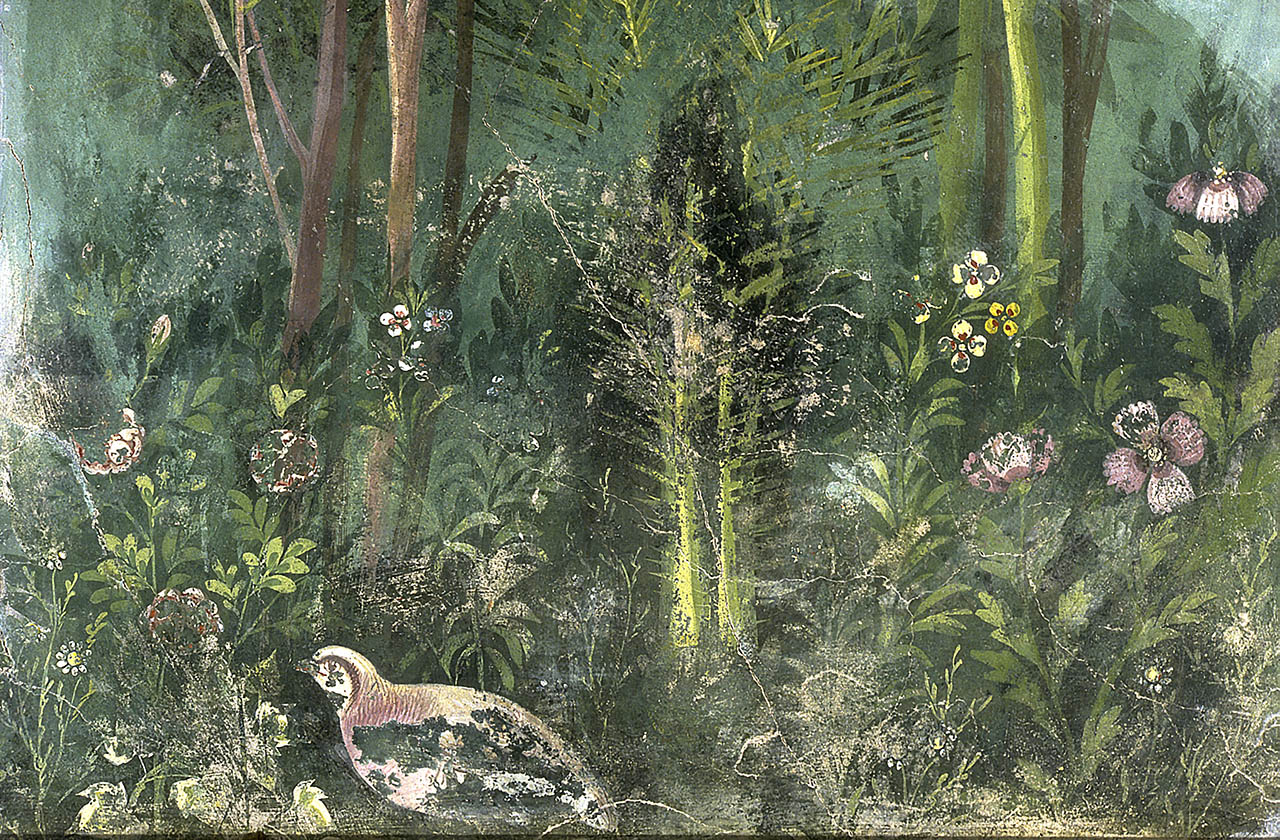
Homo Faber
Pompeii: Nature, Science, and Technology in a Roman Town
Homo Faber illustrates the extraordinary naturalistic, scientific and technical knowledge that had been accumulated in Pompeii and the Roman world at the time of the eruption of Vesuvius in 79 AD, featuring more than 400 archaeological finds from the sites of Pompeii, Herculaneum, Oplontis, and Stabia. These artefacts are of various kinds and include tools and objects of everyday use, agricultural and surgical instruments, and hydraulic valves and measuring scales used in the market of Pompeii.
The exhibition allows for active participation in the reconstruction of the functions of all these instruments. It inspires admiration for the genius of the men who designed, constructed, and utilized these tools. Many impressive artistic documents enrich the itinerary of the exhibition (statues, frescoes, mosaics, ceramics, etc.). A number of these are on display for the first time and offer precious information on the optical knowledge of the Pompeians, on their methods of treating common ailments, on their use of precision instruments, on their ways of raising water, as well as on the fauna and flora of the area and on the working of metals and glass.
The exceptional historical documents present in the exhibition are accompanied by a series of 3D animations of virtual reconstructions of the tools and their uses, completing the fascinating and educational journey which leads the visitor on a first-person journey through the inspiring world of the Homo Faber ("skilled man") of ancient Rome.
